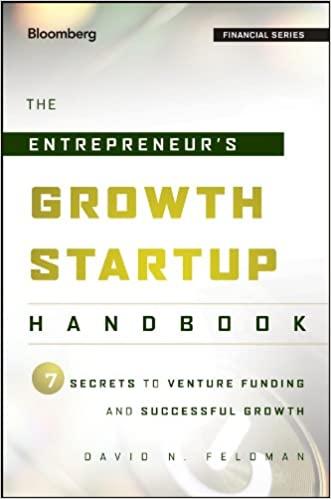1. The nominal interest rate is equal to the real risk-free rate, plus an inflation premium, plus a default risk premium, plus a liquidity premium, plus a maturity risk premium.
2. A company decides to pay out all it's income in dividends rather than retaining it for future investment. By passing its income to the shareholders in this manner, the company can avoid paying corporate income taxes.
3. A firm with a Current Ratio of 2.0 is twice as profitable as a firm with a Current Ratio of 1.0.
4. At any positive rate of return (r), the present value (PV) of a lump sum will be lower than its future value (FV).
5. The coefficient of variation is a better measure of risk than the standard deviation if the expected returns of the securities being compared differ significantly.
6. In portfolio analysis, we often use ex post (historical) returns and standard deviations, despite the fact that we are interested in ex ante (future) data.
7. Typically, debentures have higher interest rates than mortgage bonds primarily because the mortgage bonds are backed by assets while debentures are unsecured.
8. If two firms have the same current dividend and the same expected growth rate, their stocks must sell at the same current price or else the market will not be in equilibrium.
9. Which of the following is the best measure of the wealth of a firm's stockholders?
| | The firm's Net Income during the past year |
| | Expected Earnings per Share during the coming year |
| | Book Value (or Net Worth) as recorded on the balance sheet |
| | The price of the firm's stock on the open market |
10. Consider the following firms:
| | Net Income | Stock Price at | Stock Price at |
| | this year | Beg of Year | End of Year |
| Firm A: | $10,000,000 | $20 | $10 |
| Firm B: | $(10,000,000) | $10 | $20 |
| | The manager of Firm A is doing a better job than B |
| | The manager of Firm B is doing a better job than A |
| | Neither manager is doing a good job |
| | Both managers are doing a good job |
11. A company has the following income statement. What is its net operating profit after taxes (NOPAT)?
Sales $1,000 Costs 700 Depreciation 100 EBIT $ 200 Interest expense 50 EBT $ 150 Taxes (40%) 60 Net income $ 90
12. Carter Corporation has some money to invest, and its treasurer is choosing between City of Chicago municipal bonds and U.S. Treasury bonds. Both have the same maturity, and they are equally risky and liquid. If Treasury bonds yield 6 percent, and Carter's marginal income tax rate is 40 percent, what yield on the Chicago municipal bonds would make Carter's treasurer indifferent between the two?






